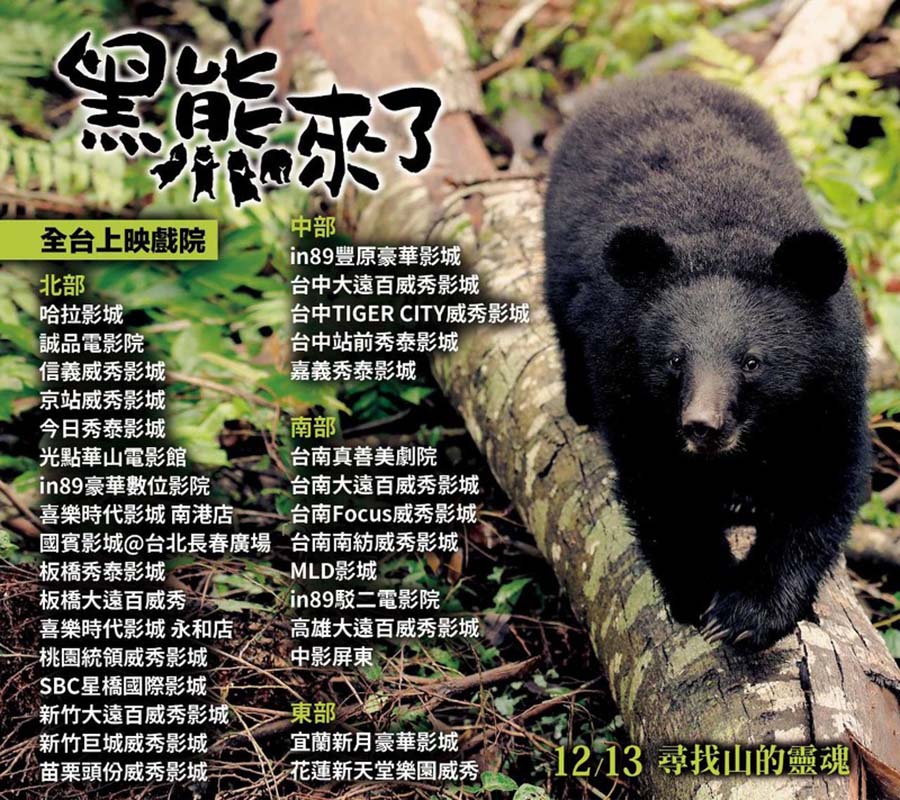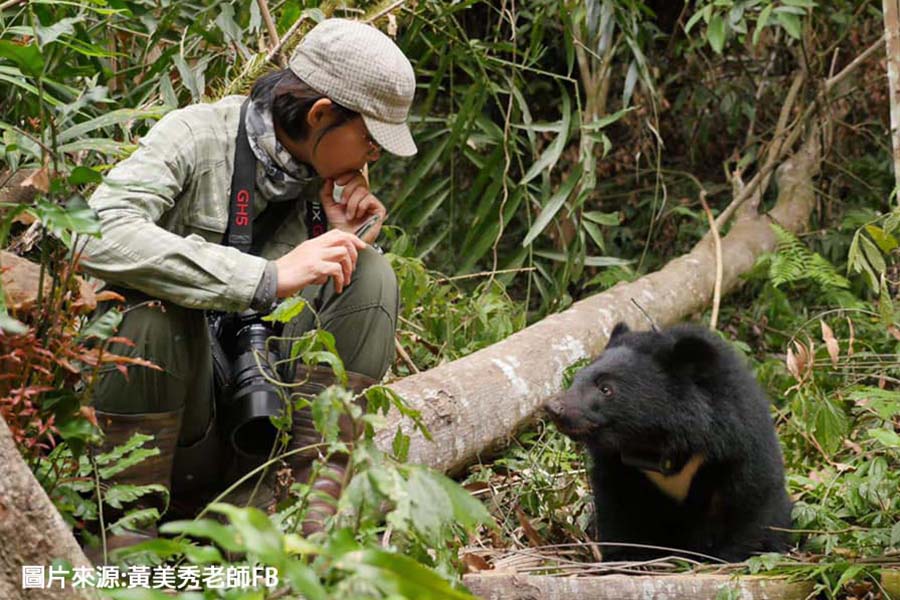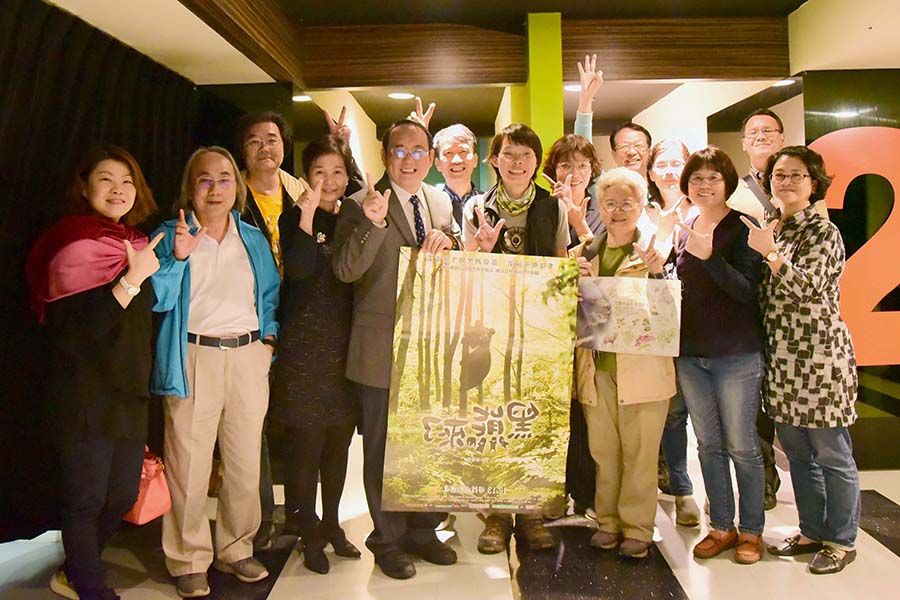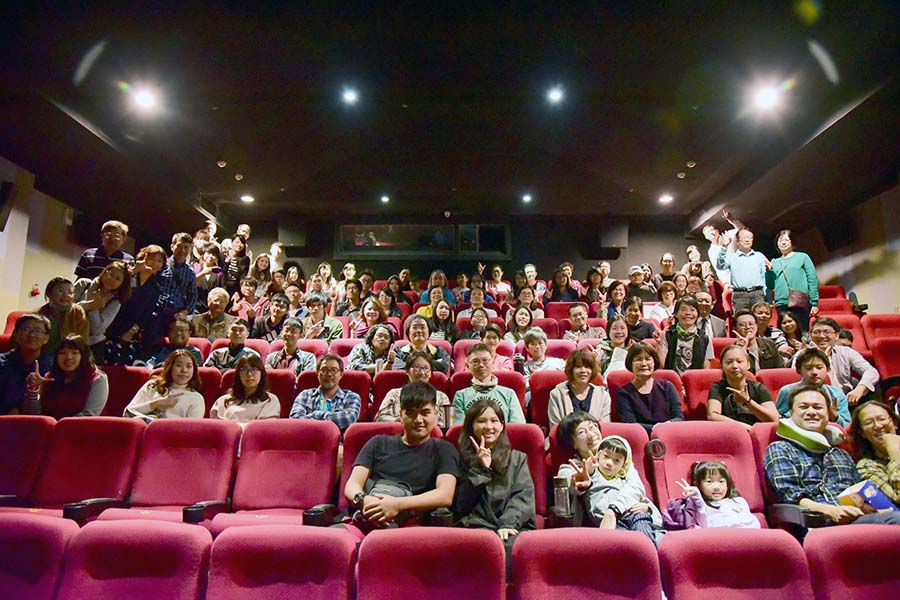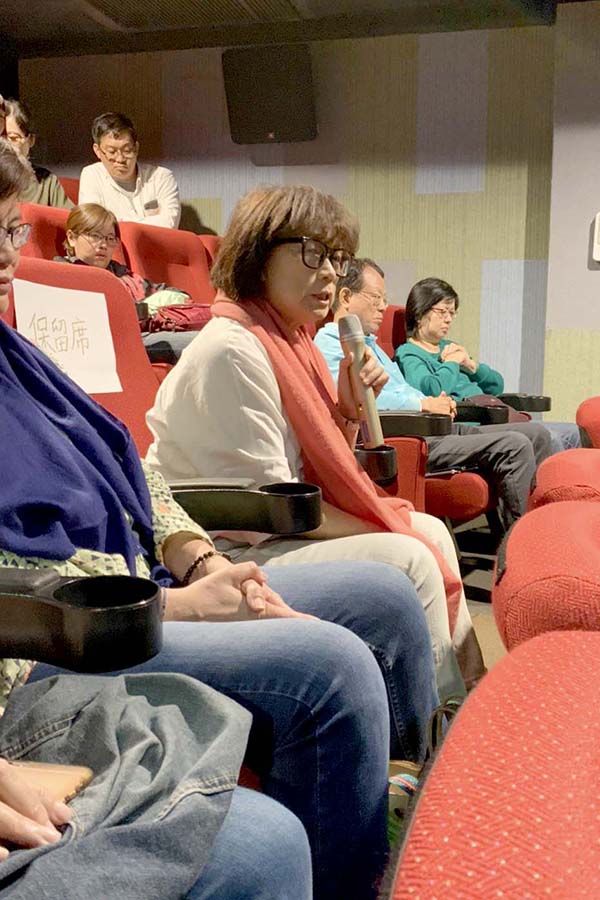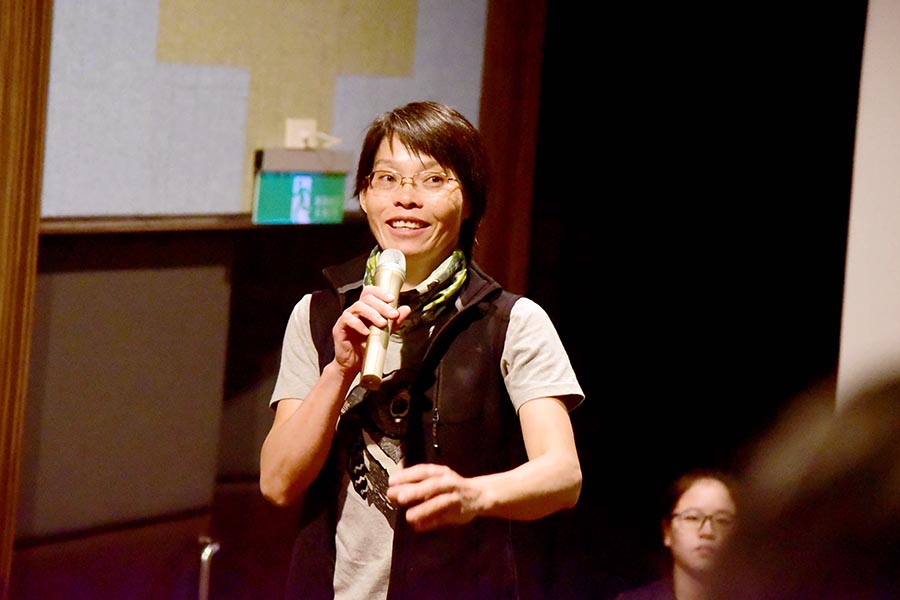Professor Mei Hsiu Huang of the NPUST Institute of Wildlife Conservation has is renowned for her research on the Formosan black bears. And now, thanks to the work of film director Jue-Ming Mai, a window into that research has been opened up for everyone to see.
Beginning in 2008, heavy camera equipment in tote, Mai began following Professor Huang and her team on field trips deep into the mountain forests to observe her and the bears in action. Eleven years later, the documentary— “Formosan B.B. is Coming”— has arrived.
Professor Huang has earned quite a reputation for her work with the Formosan black bear. She is also the first researcher in the country to have used radio transmitters to track the movements of bears in the wild. The process begins by setting out a safe trap somewhere in the woods. Once captured, Professor Huang gives the bear a health check-up, collects the data she needs and equips it with a microchip or GPS tracking device before sending it back on its way. Thanks to the tracking equipment, the Huang has been able to develop a very clear picture of where the bears like to roam around when no one is watching.
Mai’s documentary on the subject now allows everyone to get a close up view these marvelous creatures and peer into their interesting little world. It also helps to dispel many myths about the bears, and gives the viewers the opportunity to reflect on some the surrounding ecological issues, such as sustainable development and environmental conservation.
Prior to seeing the film, NPUST President Chang Hsien Tai made some general comments on the direction it was taking, pointing out that ““NPUST has adopted a philosophy that is oriented towards sustainable development. Biodiversity is a very important index for the health of the planet and currently there are many professors at the university who are actively working on wildlife conservation, to find a healthy balance with nature. We hope that this film will help to promote ideas of conservation and that, together, we can love and protect this planet.”
While many are expressing their gratitude towards Prof. Huang and her team for their conservation efforts, she wanted to point out that “this conservation work does not depend on only one person. It requires interdisciplinary cooperation between many different teams, researcher partner, graduate students, college students, assistants, and volunteers—all of whom are involved with the surveying and research work being done on the bears.” Much appreciation has also been extended to Jue-Ming Mai for putting the film together and allowing the world to witness the black bears in their habitat – and for shinning a new light on the conservation work being done in this area.


